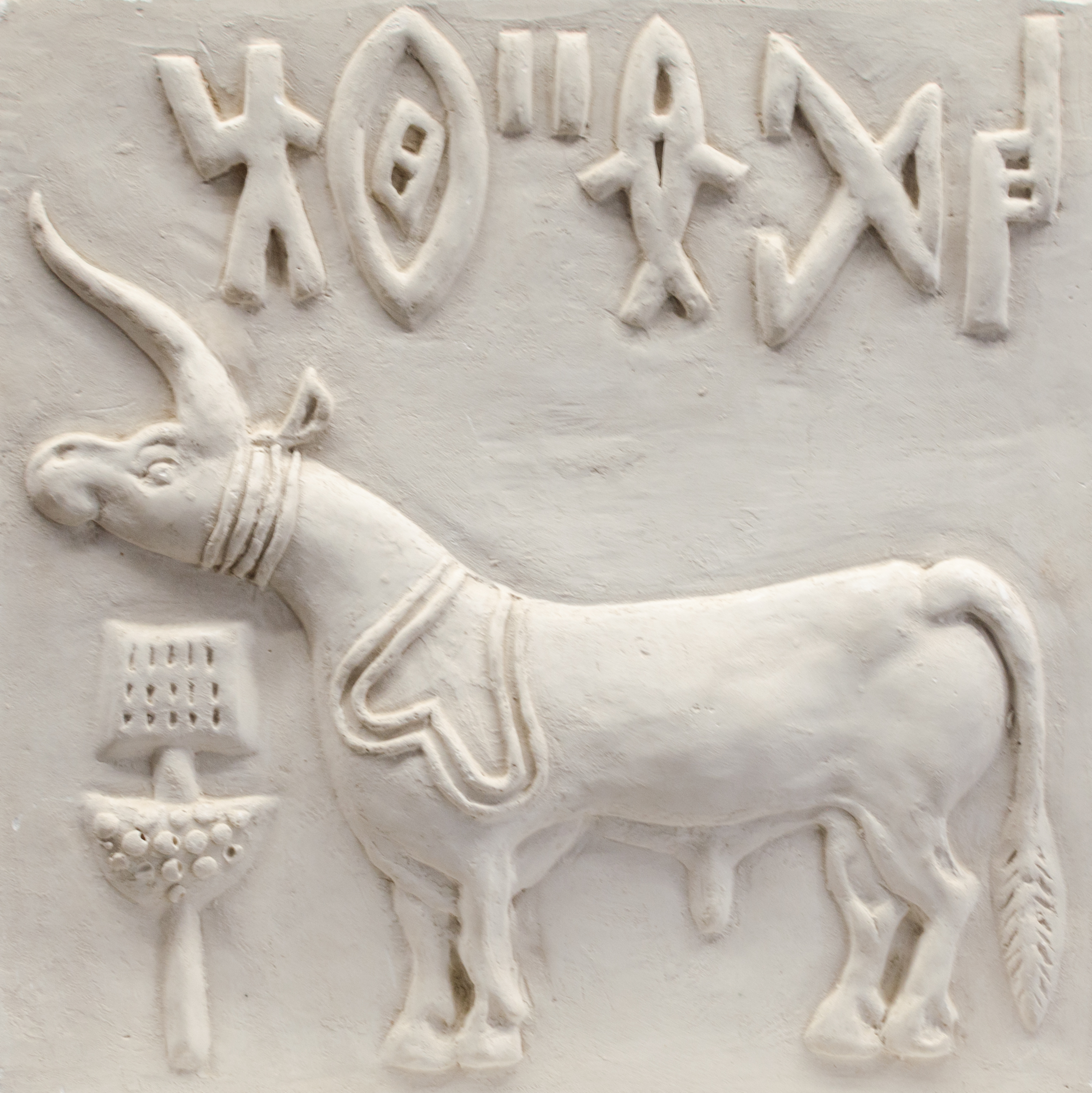A writing system developed by one of the world’s earliest urban societies has given linguists nothing but grief since it was first discovered on an unintelligible stone seal in the ancient city of Harappa, in what is now Pakistan, 150 years ago. Hoping to finally crack the code, authorities have now announced a $1 million prize to anyone who manages to decipher the so-called Indus Valley Script (IVS).
ADVERTISEMENT GO AD FREE
Also known as the Harappan Script, the IVS was invented by the Indus Valley Civilization which emerged in the region encompassed by northern India and Pakistan some 5,300 years ago. Known for its walled cities, the Bronze Age culture thrived for several centuries before mysteriously vanishing, leaving archaeologists with few clues as to how these ancient people lived.
The first seal featuring the IVS was found by Sir Alexander Cunningham – the founder of the Archaeological Survey of India – in 1875. Engraved on the stone slab was an image of a bull accompanied by two stars and a series of six unreadable characters that Cunningham described as “certainly not Indian letters”.
Several thousand examples have since been recovered, each featuring a central animal and a short sequence of characters. Typically consisting of between four and six signs, the scripts are made more difficult to interpret by their infuriating brevity, with no lengthy inscriptions having been found.
Unlike other ancient writing systems like Egyptian hieroglyphs, the IVS does not feature on any known multilingual artifact such as the Rosetta Stone, which could be used to cross-reference the script with other known languages. However, because all of the examples found so far appear on small items of pottery or stone seals used for commerce, it seems reasonable to assume that their content relates to mundane activities and transactions rather than spiritual concepts.

Little is known about the civilization that invented the script.
Image credit: DARSHAN KUMAR/Shutterstock.com
Sick of waiting for researchers to crack the code, Muthuvel Karunanidhi Stalin – Chief Minister of the Indian state of Tamil Nadu – has now announced a “cash prize of $1 million to individuals or organisations that decipher the script to the satisfaction of archaeological experts.” With any luck, the incentive will prove as successful as the Vesuvius Challenge, which was launched in 2023 and offered similar rewards to anyone who could reveal the ancient script on a series of charred scrolls from Herculaneum, which was obliterated along with Pompeii by a volcanic eruption in 79 CE.
In that particular example, the script was in a known language – Latin – yet had become illegible after being carbonized by the intense heat produced by the eruption. Within a year of the challenge being set, the grand prize was claimed by a team of entrants who used artificial intelligence to reveal the text without damaging the scrolls, discovering a passage that contained philosophical musings about the pleasure of eating.
ADVERTISEMENT GO AD FREE
If Stalin’s contest can produce a winner, then it may inspire other citizen science initiatives aimed at decoding similarly ancient undeciphered scripts, including the enigmatic “Linear A” writing system devised by the Minoans some 5,000 years ago. Based on the island of Crete, this legendary Bronze Age civilization is often cited as Europe’s first literate society, yet the text it invented has yet to be unlocked by researchers.
Elsewhere, the Rongorongo glyphs found on wooden artifacts on Easter Island have left linguists puzzled by their complete lack of similarity to any known writing system, while the 240-page Voynich Manuscript represents one of the most famous examples of undeciphered text anywhere in the world. Thought to have been written somewhere in Europe around 500 years ago, the mysterious book appears to cover everything from astronomy to botany, yet no one has any idea what it actually says.
Source Link: $1 Million Prize Offered To Whoever Deciphers This 5,000-Year-Old Script